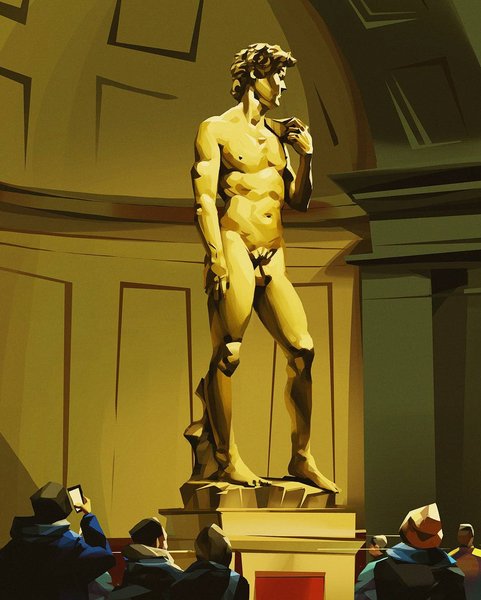Sublime
An inspiration engine for ideas

7. Leonardo AI LiveCanvas
A real-time AI design sketch tool.
Link: https://t.co/6VJSgUYdcd
https://t.co/F0s6gtZDkp
Rowan Cheungx.com
Thus did Leonardo pioneer a new form of anatomical drawing, perhaps better described in his case as anatomical art, that is still in use today.
Walter Isaacson • Leonardo da Vinci

Painting from dell'Accademia #david #michaelangelo #digital #painting #ipadpro
instagram.comDuring this period of intense anatomical study, Leonardo made 240 drawings and wrote at least thirteen thousand words of text, illustrating and describing every bone, muscle group, and major organ in the human body for what would have been, if it had been published, his most historic scientific triumph.
Walter Isaacson • Leonardo da Vinci
In order to make money, Leonardo at times helped his apprentices produce pieces as if on an assembly line, as had been the practice in Verrocchio’s studio.

